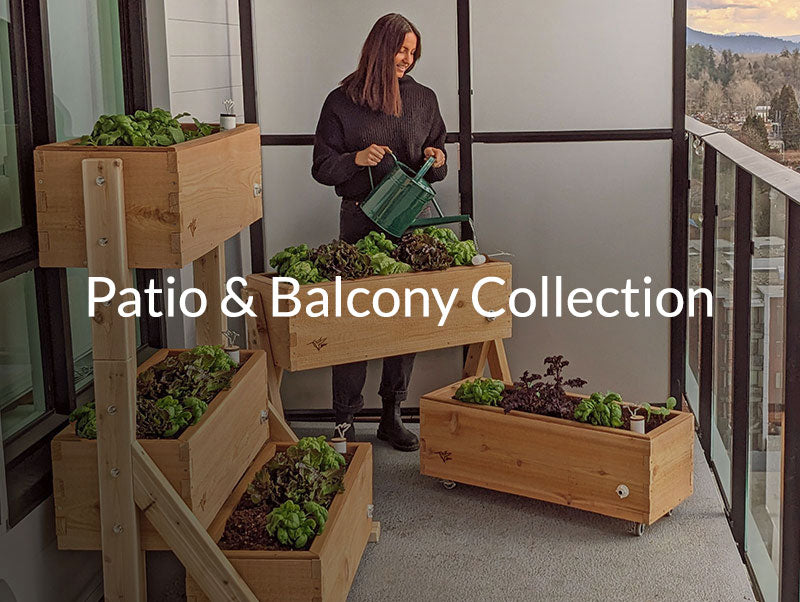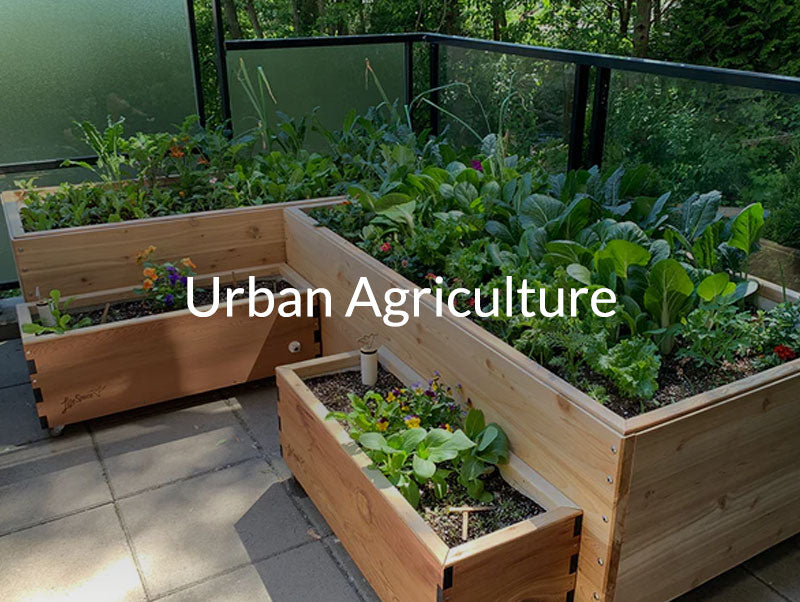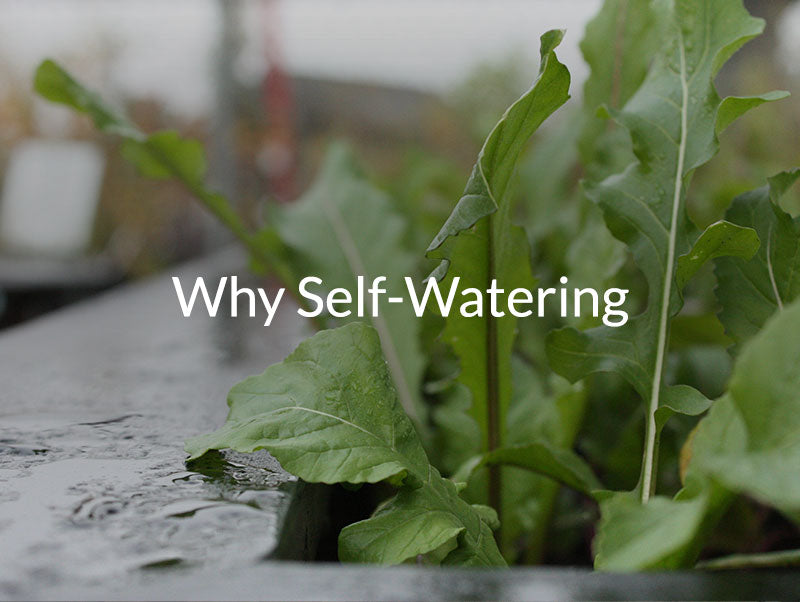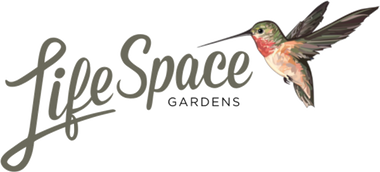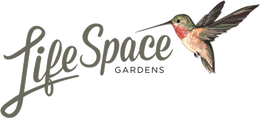Summer Squash Growing Guide🥒: Planting and Care for Continuous Harvests
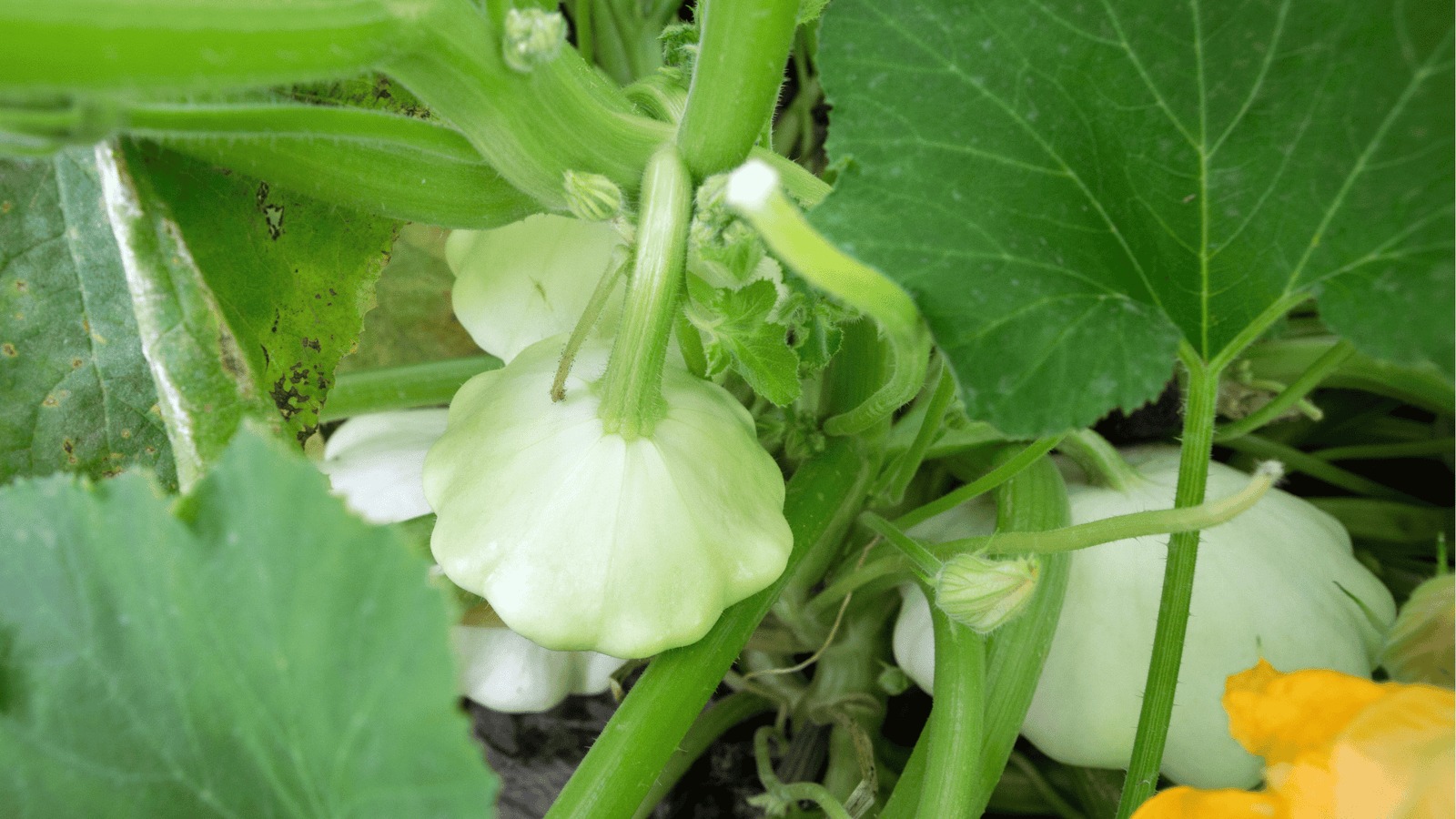
Introduction
Summer squash — including yellow squash, pattypan, and crookneck varieties — thrives in warm weather and rewards you with fast, abundant harvests. Whether you’re growing in a LifeSpace Garden or outfitting your raised bed with GardenWells inserts, steady bottom-up watering helps produce healthy plants, reduce stress, and maximize yields.
When to Plant Summer Squash
-
Spring: Direct-seed or transplant seedlings once nights consistently stay above 10°C — typically late May through June. See the May Gardening Guide for planting strategies.
-
Summer: For a continuous crop, succession sow in late June or early July. Visit the June Gardening Guide for summer care tips.
-
Peak Harvest Window: July through September, depending on planting date.
Square Foot Gardening Spacing
-
Spacing: 1 plant per 2 sq ft
-
Depth: Sow seeds 1” deep
-
Companions: Works well alongside nasturtiums, beans, and borage.
How to Plant Summer Squash
Direct Seeding
-
Sow 2 seeds per hole, then thin to the healthiest seedling.
-
Keep the top 1–2 cm of soil evenly moist until seedlings emerge (~5–7 days).
-
Use floating row covers early on to protect against cold snaps and insect pests.
Transplanting
-
Start seeds indoors in early May and transplant when seedlings have 2–3 true leaves.
-
Harden seedlings off for 5–7 days before planting.
-
Top-water gently for the first 7–10 days until roots reach the SIP wicking zone.
Watering Your Summer Squash
Summer squash thrives on consistent, deep hydration:
-
Check your WaterStem: when the Hummingbird rises, your reservoir’s full; when it drops, refill it.
-
Before establishment: Top-water daily until seedlings develop strong roots.
-
After establishment: Refill reservoirs every 1–2 weeks depending on weather and plant size.
-
Mulch around plants to regulate soil temperature and conserve moisture.
-
See the June Gardening Guide for SIP-specific watering strategies.
Harvesting Summer Squash
-
Timing: Harvest when fruits are 6–8” long for best flavor and texture.
-
Frequency: Pick regularly to encourage continued production.
-
Peak Season: July delivers bumper crops — for storage and recipe ideas, check our July Gardening Guide.
-
Bonus: Squash blossoms are edible — harvest early in the morning before blooms open.
Common Issues & Fixes
| Issue | Likely Cause | Solution |
|---|---|---|
| Powdery Mildew | Humidity & poor airflow | Prune lower leaves, improve spacing, and mulch |
| Blossom End Rot | Irregular moisture levels | Maintain steady SIP hydration and add compost |
| Pollination Issues | Low pollinator activity | Hand-pollinate blossoms using a small brush |
Companion Plants for Summer Squash
Best companions (with cross-links):
-
Nasturtiums → Trap aphids, deter pests, and create a pollinator-friendly edge.
-
Marigolds → Naturally repel squash beetles and nematodes; start seeds in April.
-
Borage → Attracts bees, improving fruit set and boosting pollination.
-
Beans → Light nitrogen fixers that help maintain balanced soil health.
-
Corn → Useful for “three sisters” setups in SIP beds with added vertical height.
Avoid planting with:
-
Other cucurbits → Like zucchini, melons, and cucumbers; shared pests/diseases make separation safer.
-
Potatoes → Compete heavily for nutrients and space.
Layout Tip:
-
Summer squash = 1 plant per 2 sq ft in wicking beds.
-
Plant nasturtiums or marigolds along edges for natural pest control.
-
Drop a few borage plants between squash hills for pollinator support.
Product Tips
-
Small patios? Grow summer squash in CondoFarms self-watering planters for a high-yield compact setup.
-
DIY gardeners? Simplify care with GardenWells inserts for reliable bottom-up watering.
-
Scaling up? Build custom self-watering raised beds for bigger harvests with less effort.
